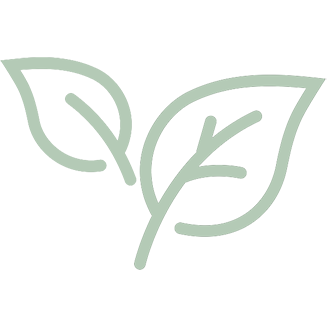Ever since Sturt House was established in 2012 the Director and the Educators have discussed a redevelopment of the outdoor environment. They have imagined, researched, planned and dreamed. Good things come to those who wait, and when the time was right a plan came together. Late last year the nature play and sustainability consultants Climbing Tree were employed to bring our imaginings into reality. They produced a concept proposal which was submitted to the stakeholders; Director, educators, children and the Flinders community for comment, and work finally began in early February this year. Sturt House was buzzing with anticipation and when the safety fencing went up the children really knew there were changes underway. Groups of children were constantly looking through the fence, catching the builders Ash and Nathan’s attention and confidently asking many questions. Early in week one of the construction work one educator was looking through the fence with a group of children and she said ‘Isn’t it exciting.’ One of the children responded with ‘It’s not exciting, we just want to play now.’ The Sturt House Educators shared the comment with smiles on their faces, noting once again (because these moments are brought to our attention often throughout our day), how differently adults and children can think. Then we thought more deeply about the comment. We run an emergent, play based program in Sturt House, one driven by the children’s interests together with provocations from the environment and wider Sturt House community. We use the term provocation often inRead more
